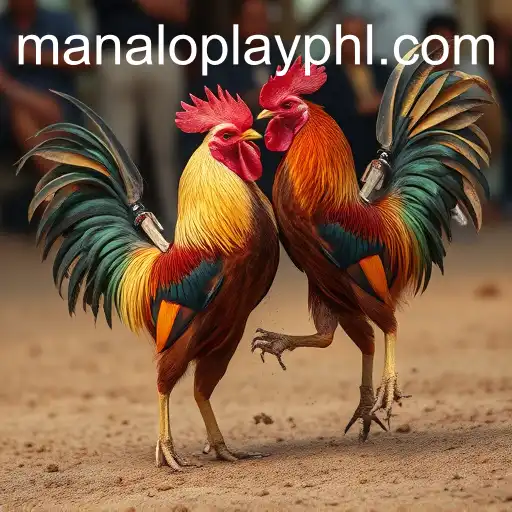Cockfighting: Tradition and Controversy
Cockfighting is a practice that dates back centuries, deeply rooted in the culture of many countries around the world. Historically, it has been seen as a test of bravery and skill for the animals involved and a spectacle for those who choose to watch. However, in modern times, it is a subject of heated debate, legal considerations, and ethical scrutiny.
Understanding Cockfighting
Cockfighting involves placing two roosters (also called gamecocks) in a ring to fight, often to the death. These animals are typically bred and trained specifically for this purpose, with attributes such as aggression, strength, and resilience being highly valued.
In many places, cockfighting carries deep cultural significance. It is often perceived as more than just an event; it is a symbol of heritage and a communal activity. This often makes any attempt to prohibit the practice controversial and challenging.
Manaloplay: The Industry Aspect
Manaloplay is a term colloquially used in some communities, referring to the management and strategy involved in organizing and placing bets on cockfights. Such practices are often closely integrated within the local economies where cockfighting is prevalent. For those who participate, the activity is not merely a pastime; it is an industry of sorts, crucial for livelihood.
Participants in manaloplay need a deep understanding of the birds they raise and train. They need to know how to stimulate competitive performance and keep the roosters in peak condition. The monetary stakes can be high, with bets often running into the thousands. Consequently, the economic implications of prohibiting cockfighting can be significant for local communities.
The Legal Landscape
Cockfighting is illegal in many countries due to the inherent cruelty involved. Here's where the ethical dimension converges with legal frameworks. Animal rights activists argue that this practice is inhumane and should be banned universally.
Despite the push for legality, enforcement can be inconsistent. In some areas, especially rural regions with limited oversight, cockfighting continues in secrecy. This often leads to a dichotomy where laws exist, but adherence and enforcement are lax.
Ethical Considerations
The primary ethical argument against cockfighting comes from concerns about animal cruelty. Roosters bred for fighting often face brutal training practices and suffer injuries or death during fights. Advocates for animal rights point out that these animals experience pain, fear, and distress, raising questions about the morality of using animals for entertainment.
There is a growing movement supporting animal welfare and emphasizing that cultural heritage should not serve as an excuse for practices that cause animal suffering. Campaigns to educate communities on animal rights and the consequences of animal cruelty are continuously gaining traction worldwide.
Social and Cultural Impacts
Cockfighting's cultural significance cannot be understated. For many, it is intricately woven into the social fabric. Festivals, gatherings, and social events often involve cockfighting, forming part of an oral tradition passed down through generations.
However, with modernization and globalization, younger generations often view these traditions with skepticism. Culturally-driven events like cockfighting face the challenge of maintaining relevance in a rapidly evolving world. The discussion shifts towards finding balance—preserving cultural heritage while ensuring ethical considerations are not sidelined.
An International Perspective
Globally, attitudes towards cockfighting vary widely. In countries where it remains legal, the practice is often regulated to varying degrees. However, international organizations are increasingly collaborating to implement stricter regulations and eventually phase out the practice. They argue that alternative forms of entertainment can be promoted to preserve cultural heritage without resorting to cruelty.
The global discourse around cockfighting highlights the broader conversation about how societies value animal life. As traditional practices are reconsidered within the modern context, stakeholders from all sides are called to engage in dialogue and find solutions that balance tradition with compassion.
Conclusion
Cockfighting continues to be a polarizing issue, caught in the crossfire of cultural pride and ethical imperatives. The future of this controversial practice will likely depend on continued dialogue, legal reforms, and changing perceptions around the world. Society's evolving standards regarding animal welfare and rights will inevitably influence how traditions such as cockfighting are perceived and carried forward.











